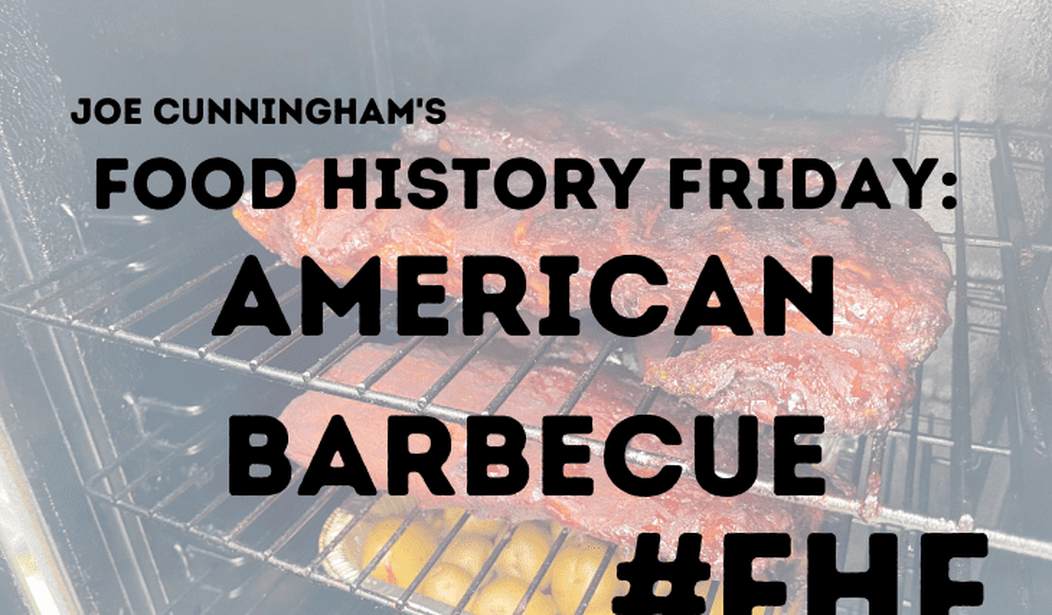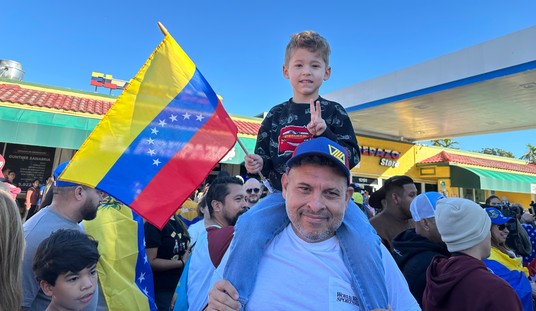Last week’s column was all about the barbecue in the Carolinas, and how it has been uniquely positioned as not only a classic American tradition but a hotly-debated political topic. This week, we move further south and west to hit one of the other major regions of American barbecue: Texas.
As European settlers moved further and further into the American continent, they brought a lot of the cooking habits they’d picked up with them. Barbecue would find itself deeply ingrained in the culture in this part of the country over time, but unlike the traditions of the east coast, the central focus would be on beef rather than pork.
During the Westward Expansion movement of American history, one of the pull factors for American settlers was all the rich farmland the midwest had to offer. Not only did it bring agricultural development, but it also brought cattle ranchers, who came out west to make a new life raising and selling cattle back east. A lot of the cowboy culture we know and love thanks to the entertainment industry is historically derived from Mexican cattle ranchers further south. They would eventually teach American cattle ranchers the trade.
Jerky — slow-smoked and dried meat derived from the Mexican equivalent, charqui — was among the ranchers’ first forays into smoked meat. Because beef was far more abundant than pork in this part of the country, the practice opened up to barbecuing larger cuts.
Also playing a major role in Texas barbecue culture was the influence of German immigrants who also moved west. As mentioned in previous columns, their influence came through sausage and sausage-making, which is still prevalent in the meat market style of barbecue dining you see throughout the region.
With influence from the Mexican cattle ranchers, as well as coming down from Tennessee and Kentucky, and German influence from immigrants, the result would be a deeply complex barbecue culture in what would become one of the largest states in the U.S.
There are four distinct regions that developed over time: East Texas, Central Texas, Cowboy-style/West Texas, and Mexican barbacoa.
East Texas is probably what most people tend to think of when they think of barbecue in general. The influence of other regions is most prevalent here. You see a lot of pork-based cooking, tomato-based sauces, and influence from the rest of the southern region. Central Texas is largely based on those Germanic traditions, with slow-cooked beef and sausage. West Texas’ cowboy-style is all about cooking over open mesquite fires. Mexican barbacoa, which you see mostly along the southern portion of the state, features cow heads wrapped in large, thick leaves and buried with hot coals and left to cook for hours.
But one of the most central fixtures of “Texas” barbecue is undoubtedly the brisket, which is king among the low and slow meats. This tradition is actually descended from the Ashkenazi Jews who, like the Czech and German immigrants, came to central Texas as Americans and immigrants alike moved westward. In the 1800s, these Jewish settlers would bring their own cuisine, like brisket, with them into Texas. Brisket, coming from a part of the cow that is heavily-worked muscle, was one of the few foods that were allowed under their strict dietary traditions, and because it was such a tough piece of meat, it was often cheap.
All these factors make it ideal for smoking. There is a fat cap which, when cooked, melts away along with the fat within the muscle tissue. When cooked right, it leaves you with a very tender, moist hunk of meat that can feed a family and then some. Smoking the meat, low and slow in the typical barbecue fashion, made easy — though long — work of this cut of beef. Since it came to Texas, it has exploded across the state and the country as one of the key symbols of barbecue. When you go to a barbecue restaurant and they serve brisket, you order it. That’s the test of any pitmaster who offers it. It’s very tough to get right, and very easy to get wrong.
In the 1950s, a restaurant in Lockhart, Texas, claimed to be the first barbecue restaurant outside of the Jewish communities to serve brisket exclusively. Whether that is the case or not, it has become an icon of the state, and a major part of American barbecue culture.
Next week, the final (for now) installment of barbecue history as we take a look at the other regions of barbecue. Primarily Kansas City and Memphis.














